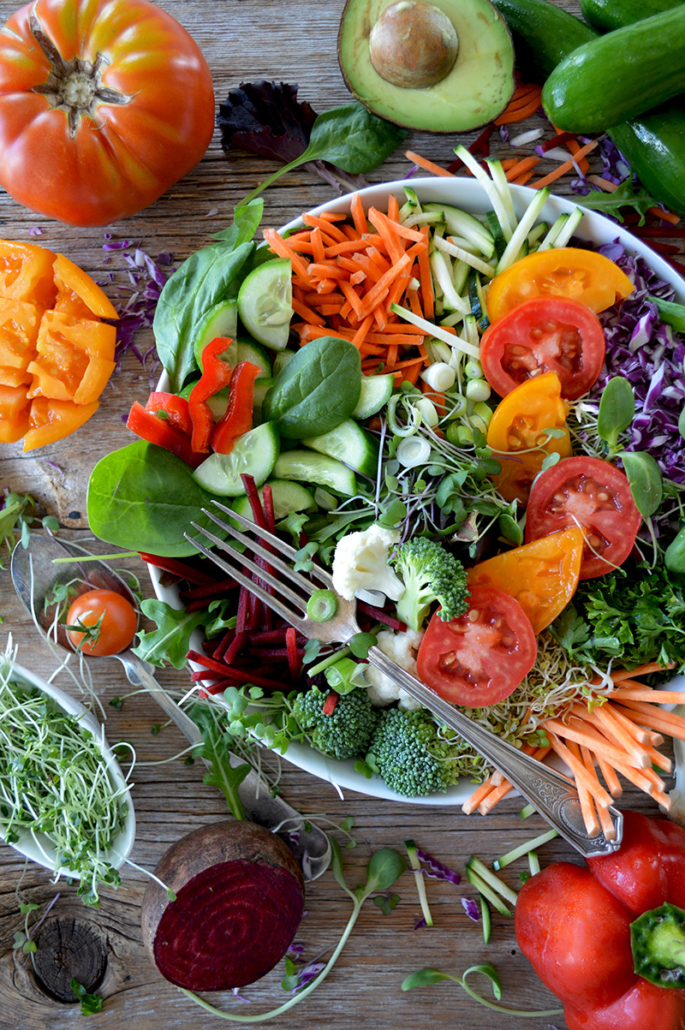What’s on your plate? Long Island Registered Dietitian Discusses the Difference Between Whole Foods and Processed Foods
Whole Foods are an important component of every healthy diet. Simply stated, whole foods are foods that still look the way they did when they grew in nature – or very similar to it- remaining close to their original state. More specifically, they are plant foods that are as unprocessed and unrefined as possible. And you don’t have to go to a specialty store to purchase whole foods.
As a registered dietitian nutritionist, I am empowering patients to make healthier food selections that result in health promotion and disease prevention, as well as the attainment and maintenance of an optimal weight. To do this an understanding of processing is essential.
Food processing is defined as all methods and techniques used by the food, drink, and associated industries to turn whole fresh foods into food products.
Unprocessed foods are any type of food found in its natural state that has not been altered. Fresh fruits and vegetables are perfect examples of unprocessed foods.
Some foods are processed more than others. Typically, the longer the ingredient list is and the more unfamiliar the ingredients are, the more processing was involved to make the food. Essentially, a processed food is anything that’s been deliberately altered in some way before you eat it, which could mean that it’s been frozen, dried, or artificially formulated from scratch into a microwaveable dinner.
PROCESSING: Unprocessed and Minimally Processed Foods
Minimally processed foods
Minimal processes are mostly physical, resulting from slight modifications of one single basic food with the purpose of preserving them and making them more available and accessible, and often safer and more palatable. Foods have been altered, but not in a way that is detrimental to health. These processes include cleaning, portioning, grating, flaking, squeezing, bottling, drying, chilling, freezing, pasteurization, fermentation, fat reduction, vacuum and gas packing and simple wrapping. They are convenient and help you build nutritious meals.
Examples include fresh meat, milk, grains, legumes, nuts, fruits, vegetables, tubers and roots as well as teas, coffee, herb infusions, bottled spring water and tap water.
Fruits and Vegetables
Fresh fruits and vegetables are nonprocessed foods. Other than being picked from the plant and washed, they are ready to eat. When you enter the grocery store, you often encounter the produce section first. This is where you will find the majority of your nonprocessed fruits and vegetables. Frozen and canned fruits and vegetables are processed to some degree in order to increase shelf life.
Protein
Eggs fresh from the farm are nonprocessed. The eggs you buy from the grocery store have undergone pasteurization, which kills bacteria present in or on the eggs. Scrambled, fried, poached, baked and boiled eggs should be cooked until firm and no longer runny. If you are using fresh eggs in casseroles, make sure the center of the dish reaches 160 degrees Fahrenheit. Raw nuts and seeds are not processed, but most of the ones you’ll find in your local market have been heated or pasteurized, making them a processed food. Dried beans, also a good source of protein, are an unprocessed food as well.
Dairy
All dairy is processed unless you buy raw milk. Before being sold in the grocery store, dairy undergoes pasteurization to kill bacteria.
Grains
Most grains undergo some type of processing before arriving on the grocery store shelf. Whole grains have been processed the least. Examples include barley, brown rice, wild rice, ancient grains and oatmeal. They contain the entire kernel, including the endosperm, the germ and the bran. Even when whole grains are crushed, cracked or flaked, they still contain the same proportion of germ, endosperm and bran.
Sugar
Honey is sold without being processed. Honey isn’t pasteurized, so children under age 1 should never consume honey because of the risk of botulism. All other types of sugar found in the store have been processed in order to be used in food preparation.
As a certified nutritionist, I recommend including minimally processed foods as often as possible into your meal plan. In my next blog, I’ll be discussing moderately processed and ultra-process foods.
Photo by Nadine Primeau on Unsplash



